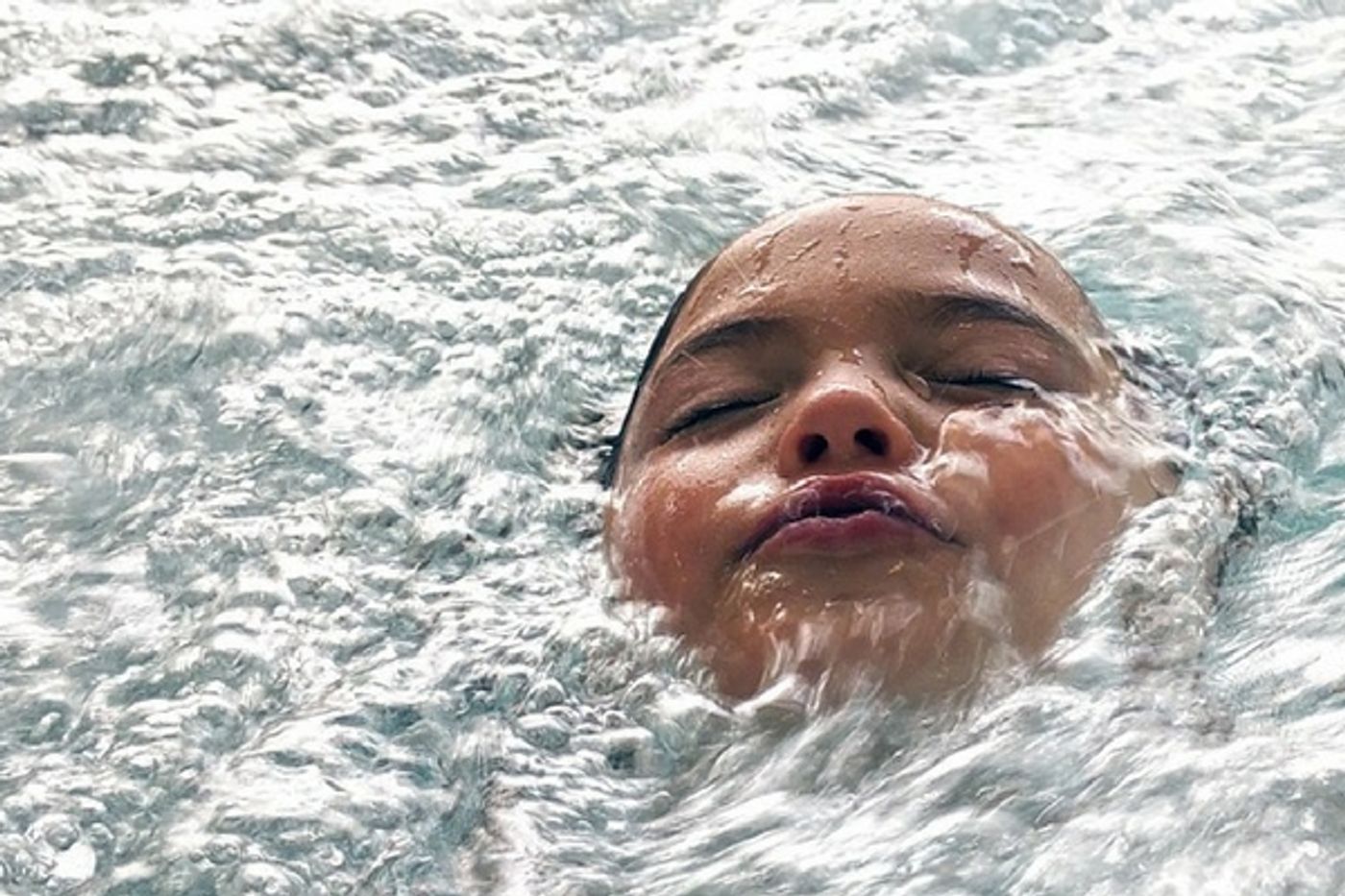Brain Injury After a Near-Drowning
Many kids love to splash and swim in a pool or at the beach, but all too often accidents can happen, especially with young children. The National Safety Council reports that in the United States, drowning is the leading cause of death in children under the age of 5. Nearly 5,000 children under the age of 15 will die from drowning each year, and 80% of those accidents will be in residential pools or spas. An additional 5,000 children will suffer from a near drowning accident, and 20% of those children will suffer permanent and severe disability.
A new MRI study at the University of Texas at San Antonio reveals that children who survive a near-drowning accident will often have a severe motor impairment and almost no ability to communicate. When water is inhaled into the lungs, the heart stops beating, almost immediately. This cuts off the oxygen supply to the brain, resulting in an anoxic brain injury (ABI.) The body is paralyzed, but cognitively these children do retain some abilities. They are just not able to speak or make themselves understood. It's a variation of locked-in syndrome, which is very rare in children.
Peter T. Fox, M.D., is the director of the Research Imaging Institute at UT Health San Antonio and a professor in the Joe R. & Teresa Lozano Long School of Medicine. Fox and his team looked at brain images of 10 children who had suffered a near-drowning accident that resulted in an ABI. What they found was that the damage was not as comprehensive as previously thought. In each child, the injury to the brain was localized to a small, but essential part of the brain. A cluster of arteries in the basal ganglia that feeds the motor fibers of the brain was almost completely wiped out.
This damage was the cause of the paralysis and muscle atrophy that each child had. It was anatomically similar to a focal stroke in that it impacted a particular part of the brain rather than causing diffuse injury. In an interview with the Texas Standard, Fox explained, "The motor system was severely damaged. Perceptual systems, feeling touch, seeing, hearing, were essentially intact. Cognitive structures were in between. The children are largely cognitively intact, much more intact than has been given credit to them by the medical community. Even in the most severely affected of the children, we have evidence that at least the machinery for awareness of themselves and others remains functioning. Does it mean that they're fully conscious? Well, we can see that the machinery is still intact." Fox likened the findings to a new syndrome in neuroscience that isn't yet taught in medical school.
RELATED: Toddler’s Brain injury reversed with HBOT
The MRI scans conducted and the findings are published in the journal Brain Mapping. Fox and his colleagues at UT Health San Antonio hope to see the research continue with larger groups of patients who have suffered an ABI. If treatments that can mitigate the damage can be developed, it could mean a whole new lease on life for these patients and their families. The video attached has more information on the findings; take a look at it.
Sources: National Safety Council, Texas Public Radio, UT Health San Antonio, Texas Standard









